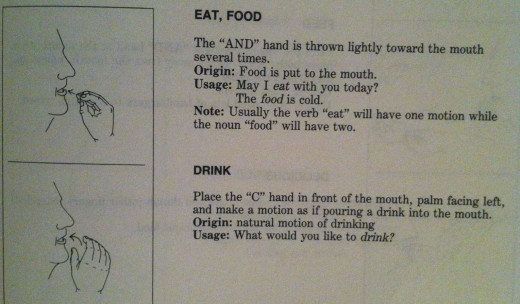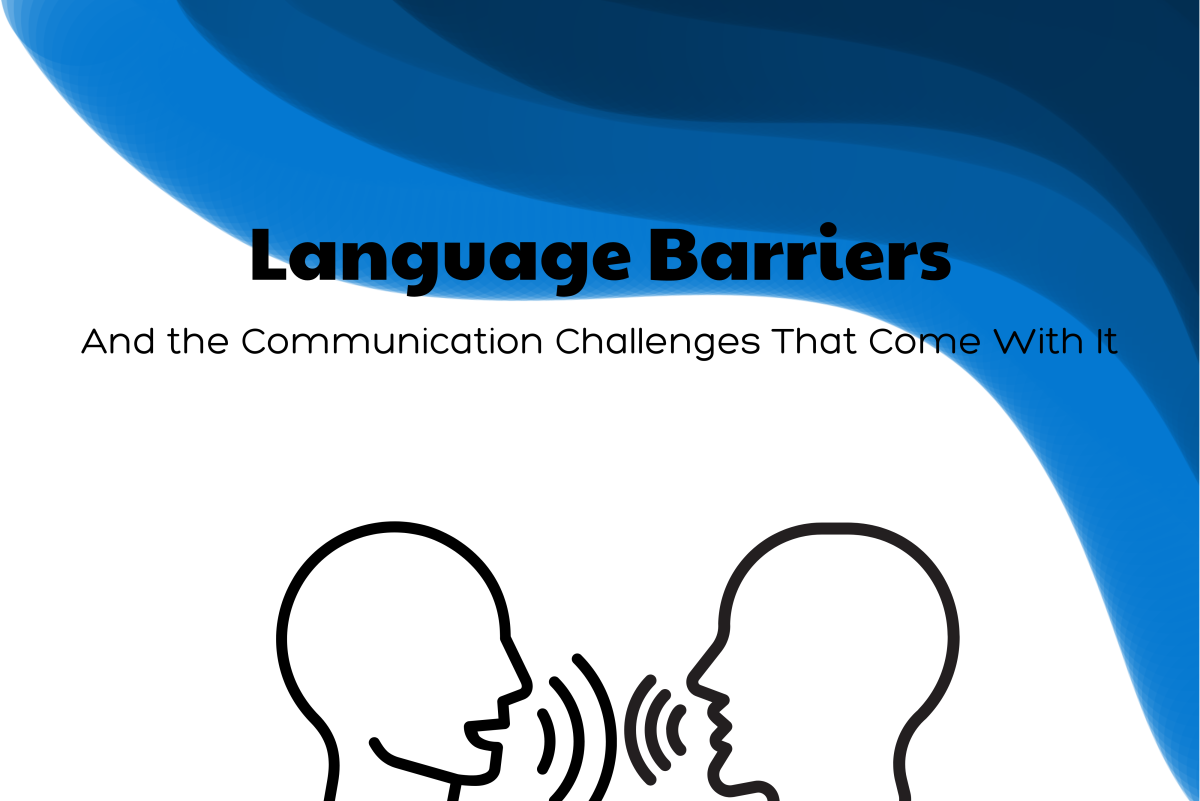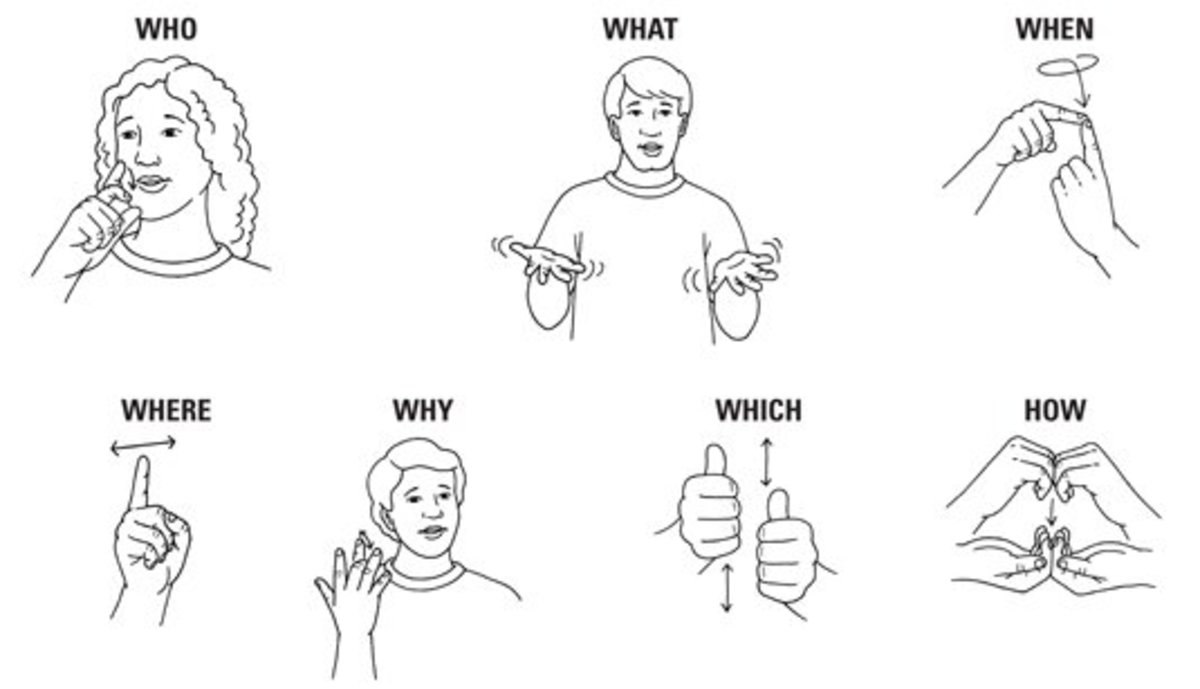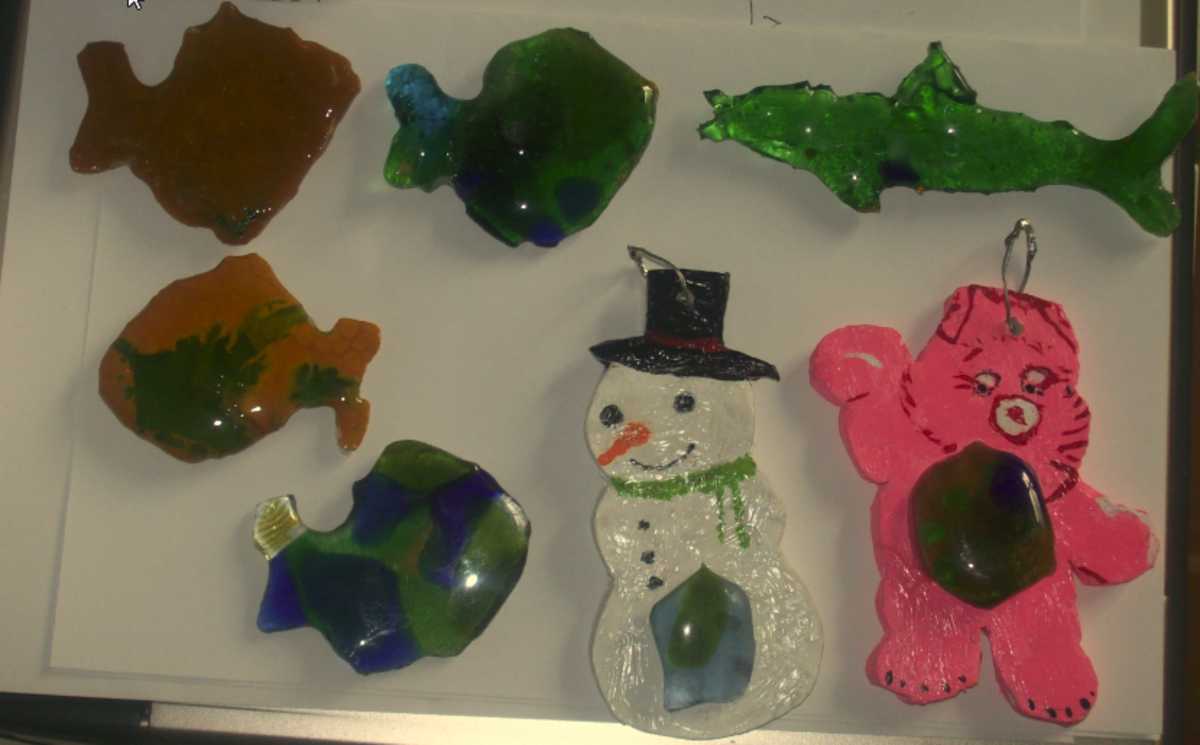- HubPages»
- Family and Parenting»
- Kids»
- Children's Growth & Development
Communication Through Sign Language for Babies and Late Talkers

Babies come into this world ready to communicate. Caregivers can often tell if a baby is hungry, tired, or in need of a new diaper by listening to the cry. Introducing sign language can give a baby an early way to communicate.
Benefits of Signing with Children
As children, we learn language through three modes (in this order): gestures, oral language, and written language. For example, first we learn to wave goodbye, then say goodbye, then finally we learn to write it. When a child who doesn't speak wants something they will often point. It is frustrating for a child when they can't communicate their needs/wants. It sometimes leads to whining or even full temper tantrums. One way to alleviate some frustration is to teach your child sign language.
Babies Communicating With Sign Language
The benefits of teaching sign language to children who aren't yet speaking include:
- Signing uses large muscle groups to gesture, and is less complicated and intricate as the coordination of mouth, lips, tongue, etc. used to speak.
- Signing is a stepping stone to full speech giving the child the opportunity to practice communication before fully able to vocalize.
- Studies show that children who have early exposure to signing have larger speaking vocabularies than children who don't.
- Signing helps children learn imitation. The visual aspect of sign is easier to process and store in long term memory than speech.
There are quite a few resources available for teaching children sign language. I recommend and used with my boys "Baby Signing Time". The use of mixing music with sign makes it easy for child and parent to learn the basic starting signs. "The Joy of Signing" is an excellent sign language manual for reference.
Baby Signing Time
Baby Signing Time
The Joy of Signing
Would you teach your baby sign language?
© 2013 HeatherH104










